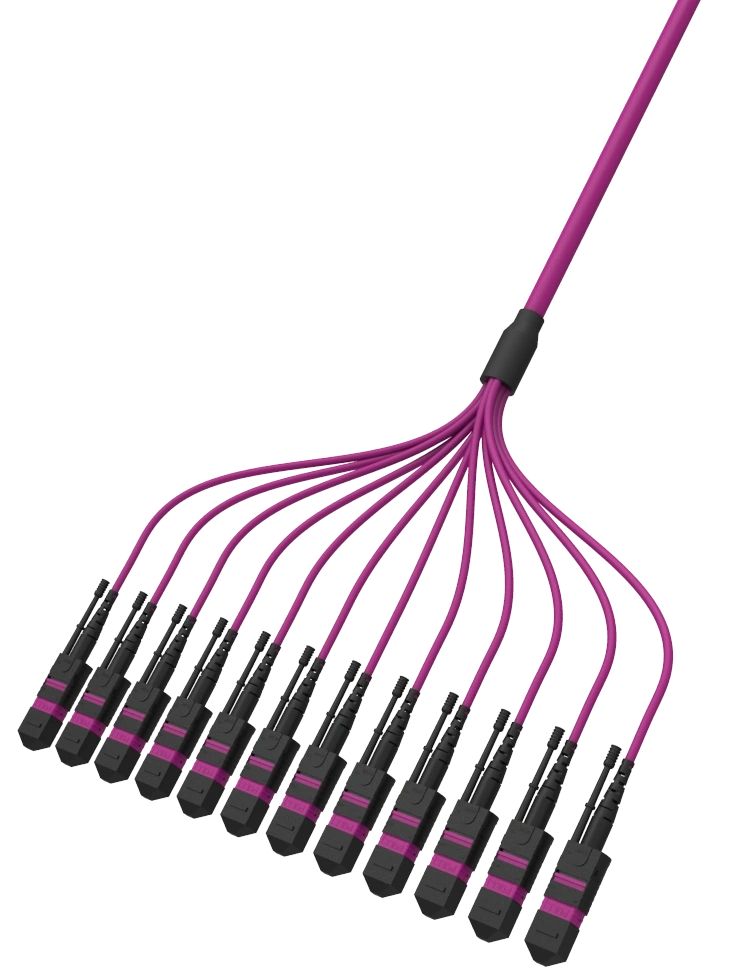Exploring the Various Types and Functions of Fiber Optic Sockets
The Importance of Understanding Fiber Optic Sockets

The Importance of Understanding Fiber Optic Sockets


Fiber optic sockets are critical components in the world of telecommunications and networking. They serve as the interface between optical fibers and various devices, allowing for the transmission of data at incredible speeds and over long distances. Understanding the different types and functions of fiber optic sockets is crucial for anyone working in the field of fiber optic communications.
Types of Fiber Optic Sockets
There are several types of fiber optic sockets, each designed for specific purposes:
1. Simplex Fiber Optic Sockets: These sockets consist of a single fiber optic port and are commonly used for transmitting data in one direction only. 2. Duplex Fiber Optic Sockets: Duplex sockets are designed to transmit data in both directions simultaneously. They consist of two fiber optic ports, typically labeled "Tx" (transmit) and "Rx" (receive). 3. Fiber Optic Patch Panels: These larger sockets contain multiple ports and are used to connect and manage multiple fiber optic cables within a network. They provide a centralized location for terminating and organizing fiber optic connections.Functions of Fiber Optic Sockets
Fiber optic sockets serve various functions in fiber optic networks:
1. Connection Termination: Fiber optic sockets provide a secure and efficient termination point for optical fibers. They ensure that the fibers are aligned properly, minimizing signal loss and enhancing transmission efficiency. 2. Signal Routing: Fiber optic sockets enable the routing of optical signals to the appropriate destinations within a network. They ensure that the signals are directed to the intended devices or network segments. 3. Compatibility: Different types of fiber optic sockets are designed to accommodate specific connectors, such as LC, SC, ST, or MPO. Their compatibility ensures that different devices and cables can be easily connected within a network. 4. Flexibility and Scalability: Fiber optic sockets allow for easy installation, removal, and replacement of fiber optic cables. They also provide scalability, allowing for future expansion and modification of the network without significant disruptions.Overall, fiber optic sockets play a crucial role in the successful operation of fiber optic networks, facilitating high-speed data transmission and reliable communication.
Conclusion
Understanding the types and functions of fiber optic sockets is essential for professionals involved in designing, installing, and maintaining fiber optic communication systems. Different sockets serve different purposes, from simplex and duplex connections to patch panels for managing multiple connections. By comprehending their functions, one can ensure efficient, reliable, and high-speed data transmission through fiber optic networks.



